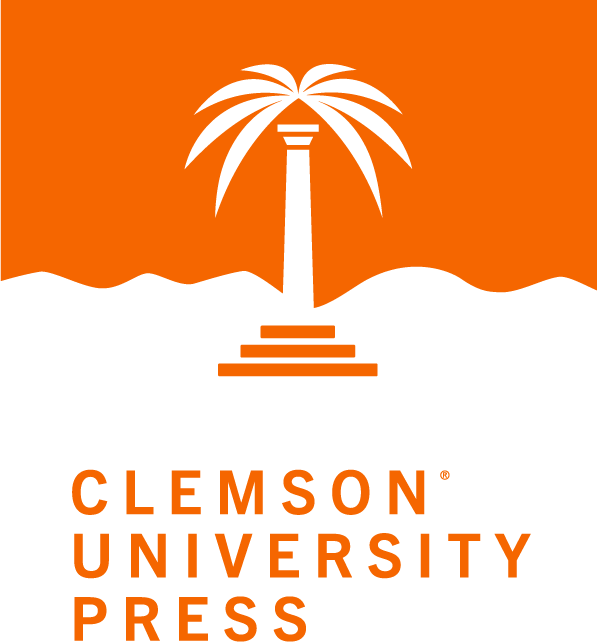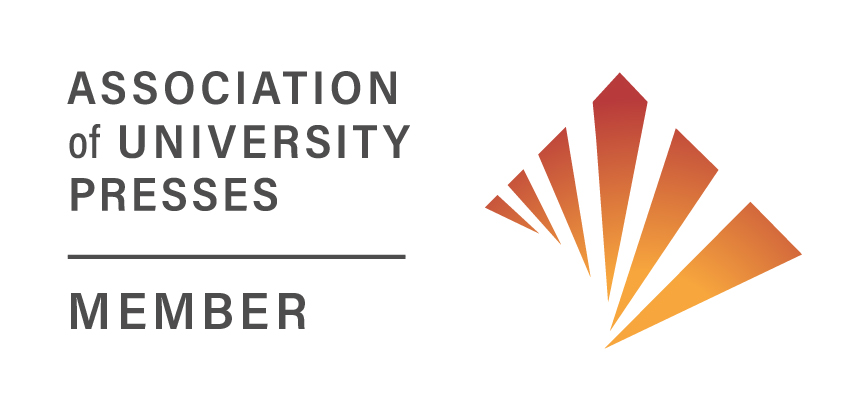Style Guide & List of Abbreviations
The Annual welcomes article submissions of approximately 8,000 words as well as shorter research notes of approximately 2,500 words. We also invite proposals for clusters on special topics related to Eliot’s life and works, including those based on conferences and roundtable discussions.
All article submissions must be accompanied by an abstract of no more than 300 words.
Please send manuscript submissions for consideration to tseliot.studies.annual@nullgmail.com.
To Submit
To submit, please complete the following steps:
- Write your article in English, using US spelling and punctuation conventions. For spelling, refer to Merriam-Webster’s 12th edition; for punctuation, refer to The Chicago Manual of Style, 16th edition.
- Please spell-check your manuscript before submission, using US spelling.
- Do not include a title page. Please submit your abstract in a separate Word document.
- Page size should be 8.5 x 11 inches (standard US letter)
- Please double-space the entire manuscript, including endnotes; all text should be left-justified.
- Do not include page numbers, headers, or footers. These will be added by the editors.
- Use Times New Roman font, 12 pt.; font color should be black (although color may be used in figures, maps, etc.)
- If your article is divided into sections, please use 12 pt. bold font for section headings, preceded by roman numerals (I, II, etc.).
- Do not format the text as if it were a printed book or article (for instance, introducing page or section breaks, using running heads, formatting subheads in display fonts.
Citation styles
The T. S. Eliot Studies Annual’s house style is based on The Chicago Manual of Style, 16th edition, with a complete endnote system in lieu of a full bibliography.
Please do not use abbreviations such as ibid., op. cit., or art cit., as this frequently leads to errors during the editorial process.
Eliot citations
The Annual’s Abbreviations List provides standard abbreviations for editions of works by and about Eliot, such as: Complete Prose 2.411. Full citations for works on this list are not required.
All other citations
For non-Eliot citations, please follow The Chicago Manual of Style endnote format. The first citation of a work should include the full bibliographic information; subsequent citations of the same work should use a short title format. Do not include a separate bibliography.
Example (first citation):
Lene Østermark-Johansen, Walter Pater and the Language of Sculpture (Abingdon: Routledge, 2016), 9.
Example (subsequent citations):
Østermark-Johansen, Walter Pater, 16.
Please ensure that short titles are unambiguous, make sense to the reader, and are consistent throughout the notes. Endnotes should be confined, as far as possible, to necessary references.
Commonly-used abbreviations in endnotes include the following:
- Number: no.
- Editor: ed.
- Editors: eds.
- Translator: trans.
- Chapter: ch.
- Appendix: app.
- Figure: fig.
- Note 5: n5
- For US states, use the official (not postal) abbreviations.
A good resource for formatting various types of works using The Chicago Manual of Style is available through Purdue’s Online Writing Lab.
Figures, tables, photos
Please send illustration files separately from the main article in png or jpeg format.
Please use 12 pt. Times New Roman font (or the closest comparable font available) for all figures, tables, and captions.
Titles for figures and tables should use bold font and appear above the figure or table; captions should use roman font and appear below the figure or table, and include source references in parentheses. Sources should always be provided, using the same citation conventions described above.
Figures
Figures include illustrations, graphs, charts, maps, etc. Once articles are accepted for publication authors will be asked to send figures in publishable format. At that stage, graphs should be supplied as Excel files with data attached so that formatting changes can be made. Please be aware that high-resolution files (300dpi+) will be required for all published images and that the intellectual property and all reproduction rights for images online remain with the author/publisher regardless of prior electronic or print distribution.
It is the author’s responsibility to clear all copyright permissions for any text or illustrative material that is not your own work yet will be appearing in your article. For more information on permissions, see Section 1 of the Clemson University Press author’s guide.
Figures should be numbered consecutively as they appear, as follows: Figure 1.1; Figure 1.2; etc. Authors should indicate the position the figure should occupy in the text, as follows: {INSERT FIGURE 1.1 HERE}
Tables
Tables should be created using the Word Tables options, rather than being scanned in, submitted as images, or produced using rules and the tab key. Tables are printed without vertical rules (lines) but horizontal rules should be used (sparingly) for clarity.
Tables should be numbered consecutively as they appear, as follows: Table 1.1; Table 1.2; etc. Authors should indicate the position the table should occupy in the text, as follows: {INSERT TABLE 1.1 HERE}
Common style issues
Punctuation
- Use one space (not two) after the punctuation at the end of a sentence
- Use the serial or Oxford comma, e.g., “I enjoy reading Eliot’s poetry, plays, and prose.”
- Use ’s for possessives; e.g., Yeats’s poetry, not Yeats’ poetry
- Hyphenation should be used sparingly; most compound words can be used without a hyphen, e.g., prewar, postwar, midcentury
- When two words are used adjectivally they should be hyphenated, e.g., working-class housing, short-term change
- Use an American (long) em-dash (e.g. —)
- Insert one space between initials: T. S. Eliot (not T.S. or TS)
Capitalization
- Use initial capitals for artistic movements, e.g., Romanticism, Modernism
- Use initial capitals for historical periods, e.g., Middle Ages, Irish Famine
- Use initial capitals for political and administrative units, e.g., Northern Ireland, South Carolina, East Anglia
- Use initial lower case for geographical divisions or where usage is less specific, e.g., south Wales, north-western England, central and eastern Europe.
- Use initial capitals for titles and ranks where they accompany a proper name, e.g., Victoria, Queen of England; Thomas, Archbishop of Canterbury; John Smith, Mayor of Wandsworth
- Use initial capitals for specific religious denominations and sects, e.g., Protestant, Catholic, Methodist; use lower case where non-specific, e.g., puritan, nonconformist
- Use initial capitals for political parties and institutions, e.g., the Liberal Party, Sein Fein, House of Lords
Numbers
- Spell out whole numbers up to and including one hundred, except for page numbers, e.g., ninety-seven, 104
- Use an en dash in number ranges, e.g.: 11–12, 22–29, 126–37, 1865–1939.
- Spell out whole numbers up to and including one hundred when followed by hundred, thousand, million, etc. – e.g., forty-seven billion
- Spell out ordinal numbers up to and including hundredth – e.g., “The year 1965 marked the hundredth anniversary of Yeats’s birth.”
- Use “nineteenth century,” not “19th century”
- Spell out all numbers that begin a sentence – e.g., “Eighteen eighty-eight, the year of Eliot’s birth….”
Abbreviations
- Well-known abbreviations should be used when appropriate and followed by a full stop, e.g., Mrs., Prof., Ltd.
- Full stops are not needed in acronyms or abbreviations which consist of a sequence of capital letters, e.g., University College Dublin (UCD)
Titles
- Titles of books, plays, and works of art should be italicized – e.g., W. B. Yeats, The Countess Cathleen; Leonardo da Vinci, Mona Lisa
- Titles of poems should be enclosed in double quotes – e.g., T. S. Eliot’s “The Love Song of J. Alfred Prufrock”
Quotations
- Maintain original spelling and punctuation within quotations
- Use double quotes (“ ”) for quotations; if there is a quote within the quotation, use single quotes (‘ ’) – e.g., “I overheard her say, ‘I only read Eliot!’”
- Punctuation marks at the end of quotations are placed inside the quotation marks– e.g., “According to my professor, ‘It is always a good idea to read Eliot.’”
- To indicate an omission from a quotation use a bracketed ellipsis of three points (not four), with a letter space before and after, e.g., “Nobody can stray into that little Byzantium chapel at Palermo […] without for an instant renouncing the body and all its works” (UP2 478).
Block quotations
- A quotation of 50 words or more should be formatted as a block quotation.
- Do not enclose block quotations in quote marks.
- Include an extra line immediately preceding and following a block quotation. Indent the entire block quotation by .5” (the same as you would for the start of a new paragraph).
- Place punctuation at the end of the sentence, prior to any in-text citation for works by Yeats. (In the main body of the article, the punctuation should come after the in-text citation.)
Foreign language words & translations
- When used in the main body of the text, words or phrases in foreign languages should be italicized; foreign words that are not commonly should be followed by an English translation. Example: She invited him to the feis (feast).
- Some foreign language words and phrases have been incorporated in to English common usage, e.g., fin de siècle. As a general rule, if the word/phrase is included in Merriam-Webster’s 12th edition, it does not need to be italicized.
- If you are quoting a short passage in a foreign language, please follow the passage with an English translation, enclosed in brackets. If the passage is a long one, provide an English translation in an endnote. Example: “Is fearr Gaeilge briste, ná Béarla clíste” [broken Irish is better than clever English].

